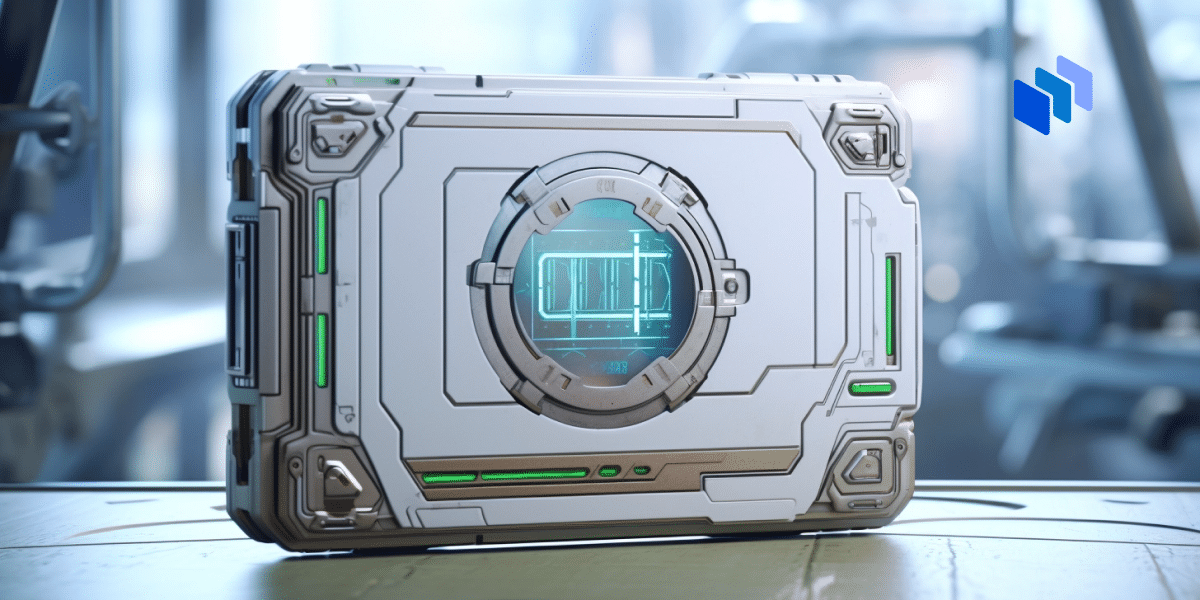What Does Computational Fluid Dynamics Mean?
Computational fluid dynamics (CFD) is a
branch of physics that deals with the study of the mechanics of fluid:
liquid, plasmas and gasses and forces acting on them. CFG is based on
Navier-Stroke equations that describe how pressure, velocity, density and
temperature of a moving fluid are related.
It makes use of numerical methods, mathematical modeling and software
tools to solve and analyze problems that involve fluid flows and uses the
latest in computer hardware and elegant programming techniques to model and
simulate liquid and gas interactions with surfaces, as defined by boundary
conditions. This gives insight into flow patterns that would be difficult,
expensive or impossible to study using traditional techniques.
Techopedia Explains Computational Fluid Dynamics
Computational fluid dynamics is a branch of fluid mechanics that makes use of different algorithms and numerical analysis in order to analyze and solve problems involving fluid flows. The main focus is the use of computers and data modeling in order to simulate and analyze how a fluid flows with respect to a surface. Real-world applications include analysis of air flow for an aerodynamic aircraft design or analysis of the hydrodynamic properties of a boat hull, industrial design of oil and water piping, and many more.
A CFD simulation, however, does not yield a 100 percent reliable result due to imprecision or farfetched guesses of the inputted data. Mathematical models of the problem at hand may also be inadequate, and the accuracy of results are limited by the available computing power.
Methodology:
- Physical bounds of the problem defined
- Volume defined by the bounds divided into cells or meshes
- Physical modeling defined: the equations of motion, radiation, enthalpy and species conservation
- Boundary conditions defined
- Simulation is started
- Data analysis and visualization performed
The main components of a CFD design cycle are the following:
- Analyst – states the problem to be solved
- Model and methods – expressed mathematically
- Software – embodies knowledge and provides algorithms
- Computer hardware – for actual calculations, and an analyst must inspect and interpret simulation results





